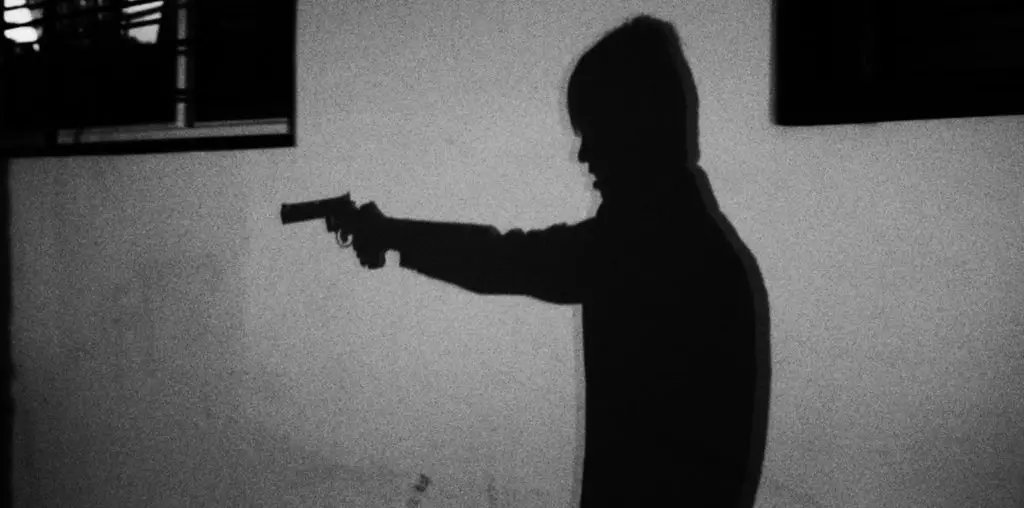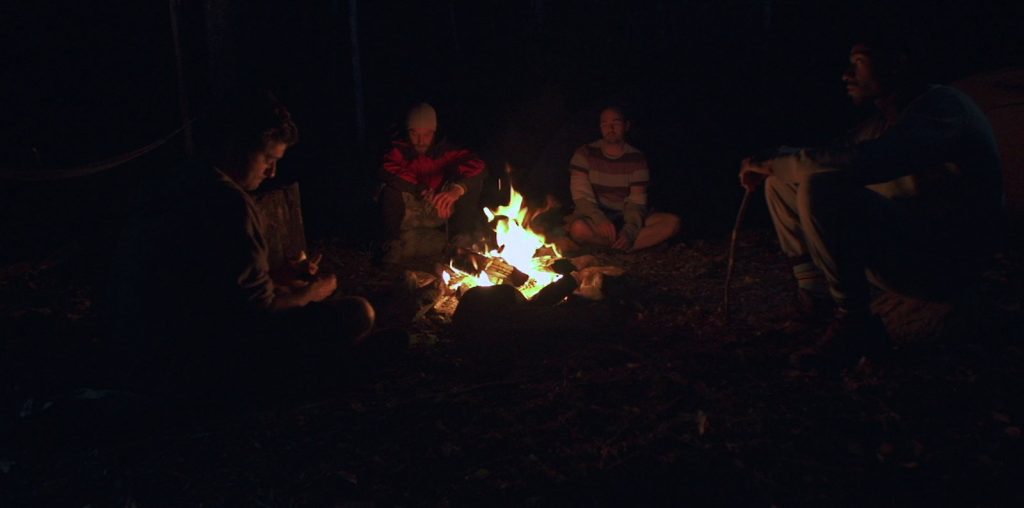
Looking more like a Hallmark Movie-of-the-Week and reading like a CliffNotes summary of the overthrow of the Kingdom of Hawaii in the 1890s, the $9-million historical romance “Princess Kaiulani” won’t raise any eyebrows or ruffle feathers as it plays out in numerous cities on a platform roll-out via indie distributor Roadside Attractions. It lands at Washington DC’s Landmark E Street Cinema on May 21. Maybe they’re trying to capitalize on the finale of Hawaiian-based “Lost,” but the smallish “Kaiulani” suffers in production values, story, and direction when compared to the big-time, small-screen adventure series.
[Roadside seems to push out maybe a dozen films each year, but it has never had a break-out hit. Its most successful release last year was Chris Rock’s documentary “Good Hair.” The outfit does offer very good alternative art-house style programming, including Morgan Spurlock’s award-winning “Super Size Me” from 2004. More recently it released “The Joneses,” a skewered view of the All-American family as a marketing unit for a secret international corporation. The company’s determination mirrors that of the main character in its current release.]
As for this royal so-so of a film, British-born-and-raised American citizen Marc Forby’s freshman effort as director-writer shows that he has more production savvy (he’s produced or executive produced maybe a half-dozen films) than creative talent. The film’s eponymous character, whose full name—Victoria Ka’iulani Kalaninuiahilapalapa Kawekiu—is harder to pronounce than the volcano currently erupting in Iceland, is played convincingly but without much dimension by 20-year-old non-Hawaiian Q’orianka Kilcher, familiar to fans as Pocohantas in the poorly-received Terrence Malick film “The New World.” The teenage Kaiulani is the narrator and story teller as the film begins in 1889 Honolulu, with the princess friending a set of twins (perhaps more screenwriter fabrication than part of the legend surrounding the daughter of a Scotch business and the sister of Hawaii’s king). It is the dawn of electricity in Hawaii, but there are also shocking developments from within the King’s own advisory community. And the greedy landowners, lead by the power-hungry Interior Minister Lorrin Thurston (Barry Pepper), seek to wrest control of the territory from the Brits and impose wealth restrictions for anyone wishing to vote. The rulers are childless, so Princess K will eventually become heir to the throne, but her father, fearing for his daughter’s life as the island’s revolutionaries begin a series of armed attacks, hastens the girl off to England. There, as the ruffled fish out of the sea, she is sent to live with the well-moneyed (via ownership of many Hawaiian plantations) Davies family, whose reluctant young, strong-minded scion Clive (Shaun Evans) and his younger sister Alice (Tamzin Merchant—best known for her role as Catherine Howard in TV’s “The Tudors”) eventually warm to their dark-skinned visitor.
Priggish British behavior ensues at school and at various British royal functions, but Princess K shows herself the better of all the nastiness tossed her way. Romance and subterfuge follows, but when the fate of her home island kingdom is in doubt, the 17-year-old drops her suitor and takes off to United States to plead her monarchy’s case. Immediately winning over the American press with her genuine intelligence and beauty, she maneuvers a meeting with President Grover Cleveland, hoping to convince him to stop the annexation of Hawaii. One of the more engaging sequences in a rather lethargic film, the wide-screen shot of the “country” road leading up to the White House unfortunately lends the princess’s Washington arrival an exceedingly cheesy introduction.
Back in Hawaii, the director manages to confuse who’s fighting on which side as the microcosmic war rages in a few small battle scenes. Veteran actor Will Patton hides behind a full beard, but manages a few choice moments in his role as Sanford B. Dole (a Honolulu-born jurist who served as the island’s only president from 1894-1900).
Filmed in Hawaii (Oahu) and England (Holkham Hall, a lovely 25,000 acre estate in Norfolk), Mexican-born Director of Photography Gabriel Beristain’s imagery is not as spectacular as I had hoped it might be. The production as a whole has a by-the-numbers ordinariness that is all too tiresome.
Oh, yes, “Princess Kaiulani” is every bit a young-love, Hallmark/Reader’s Digest-type movie (i.e., the teary school of acting and overbearing, heavy-handed score which telegraphs many a scene), and it moves slowly through the turn of events and inevitability of certain subplots. The “memory” shells that the princess first collected with her mother—who dies suddenly at the beginning of the film—turn up at various times in the plot lines. No surprise there.


The movie was a while ago so perhaps nobody will read this. It was dismaying to see Hawaiian history and Kaiulani’s personal story so misrepresented. Where did they get some of this stuff? For starters, she wasn’t suddenly rushed off to England by her Scottish father because of danger to herself. Hawaii had very close ties with Britain in the 19th century; the Hawaii government was modeled on the British one, and potential heirs to the Hawaiian throne were routinely sent to England to complete their education. There were two Hawaiian princes at university in England when she was there. At one point she became engaged to one of them. They aren’t even in the movie. To my knowledge she never had a love affair with the son of the Welsh businessman and Hawaii business tycoon Theo Davies, her guardian in England. What she actually did during her time in Europe was more interesting than what was made up in this film, including a trite feud with a mean schoolmistress. Some actual events pertaining to the overthrow of the Hawaiian monarchy were presented, not always accurately, but an awful lot of screen time was wasted here.
What a crock! This movie only perpetutaes what the Haoles know nothing of. This movie in no way shares the heartbreaking lost of the Hawaiian nation – which was stolen! It glorifies the lies and hides the truth. I am disgusted. I guess they picked the right actress though because a true Keiki O Ka Aina would have read the script and turned down the role.
This movie IS a movie and NOT a true story what-so-ever.
It is obvious that the review’s knowledge is limited to what he has read on the Internet. While not being another glossy big budget major studio film, it tell a story well – a true story with admitted dramatic license. There are no car chases, no high-tech explosions, no fantasy alien ships or bionic people…it is a real story and something greatly lacking in today’s world of film. The producers went out of their way to present a story as close as possible to the real story. It is NOT meant to be a spectacular – we have enough of that onscreen. Its intention is to tell a story and maybe teach the audience to learn a bit about the history of Hawaii before it became a state.
I feel the film stands on its own and should not be compared to the mega block busters that churn the adrenaline. The audience I saw the filom with did not leave their seats until the house lights came up; something rare as the audience usually bails out the minute the ends credits roll. I highly recommend seeing this film to remind audiences of what film truly is and how storyies used to be told.